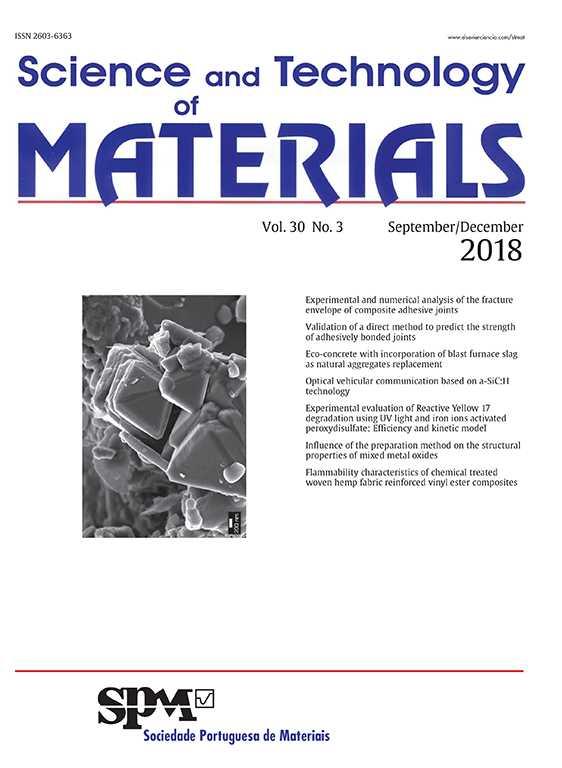A significant number of problems related to concrete deterioration were detected in Portugal and worldwide due to the development of internal expansive reactions (IER). Their negative effect has important economic implications because they are the main cause of degradation of large concrete structures. In addition, the work necessary to remediate the problem involves large areas of reconstruction and complex and expensive rehabilitation techniques and materials. Moreover, IER diminishes the affected structure service life, may involve the interruption of its function and, ultimately, can lead to its decommissioning and demolishing. Therefore, a study is being conducted at LNEC to diminish their negative impact by increasing knowledge on how to reliably assess their extent and potential for future development in existing structures. To study the effect that IER have in the deterioration of concrete, the common practice is to perform tests on specimens exposed to an artificial environment that promotes IER. However, these tests take several months or years to produce results. Thus, this paper presents the preliminary work carried out to devise a method capable of producing internal damage to concrete in a short period and in a way that the produced deterioration affects the concrete mechanical properties similarly to IER.
SRJ is a prestige metric based on the idea that not all citations are the same. SJR uses a similar algorithm as the Google page rank; it provides a quantitative and qualitative measure of the journal's impact.
See moreSNIP measures contextual citation impact by wighting citations based on the total number of citations in a subject field.
See more



